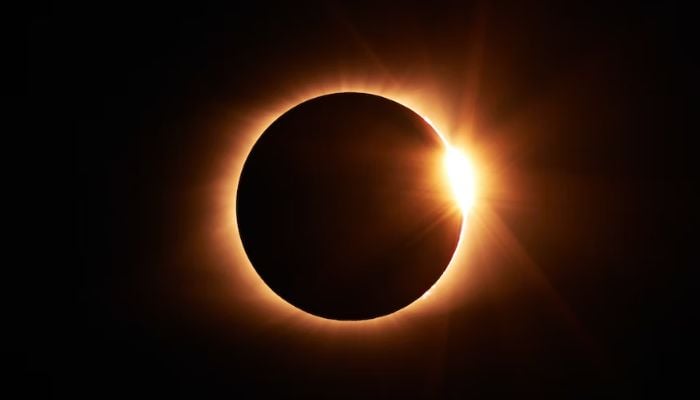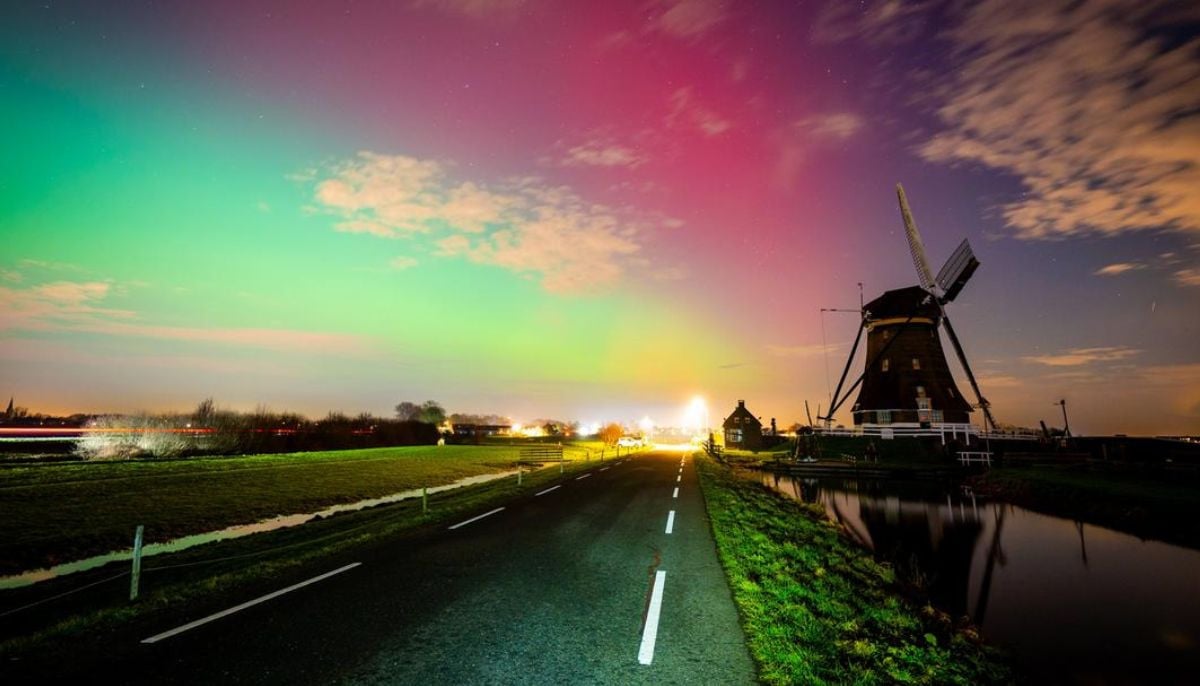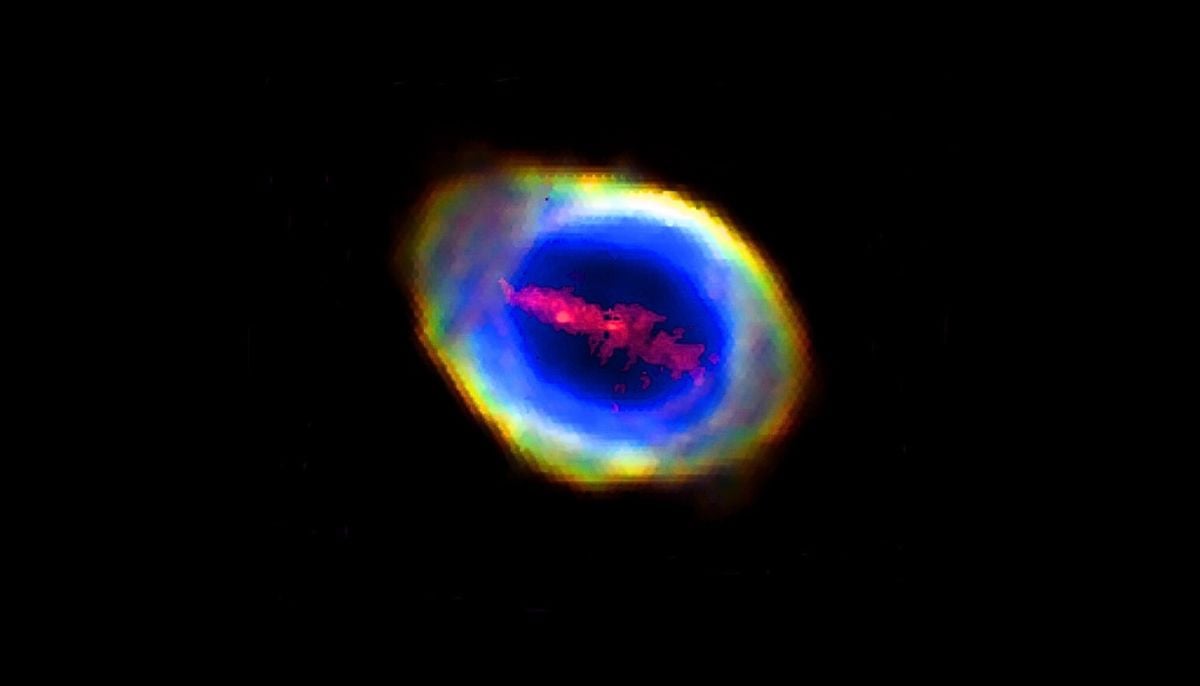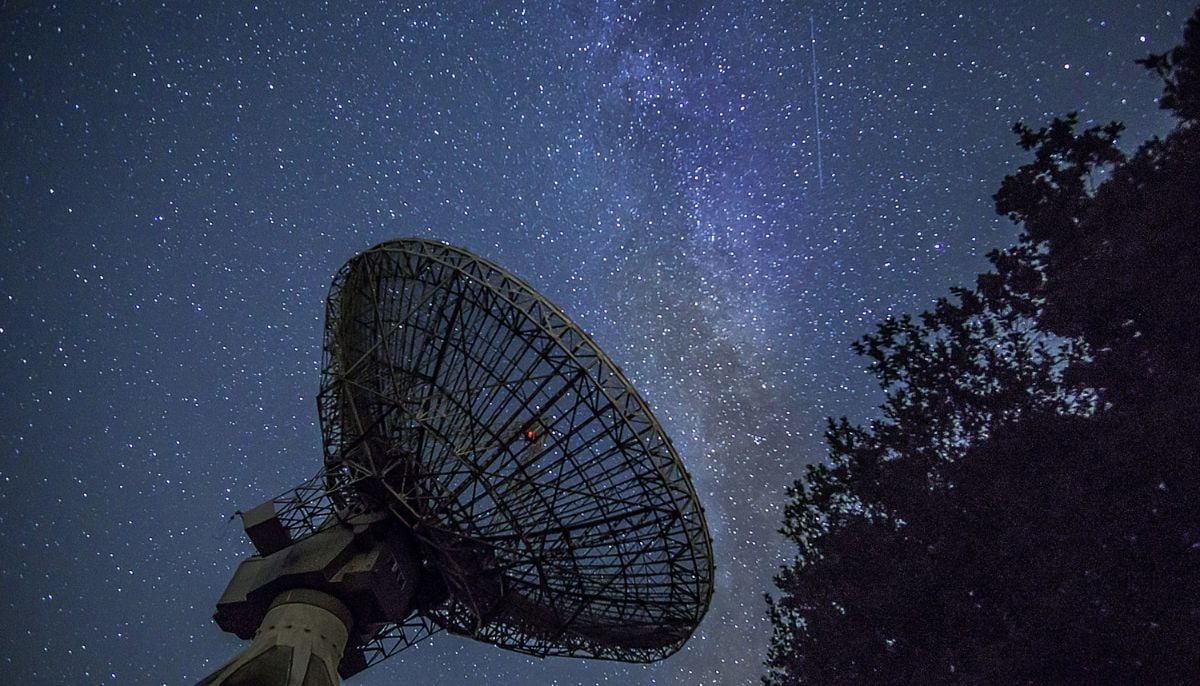Buckle up! April skies have majestic things in store for sky lovers
April’s skies will feature the full pink moon, Lyrid meteor shower, and a total solar eclipse
The month of April has been designated as Global Astronomy Month by Astronomers Without Borders, a US-based organisation that brings together people who like seeing the night sky. This month, we will see a unique full moon and a solar eclipse, among other wonders.
April is a noteworthy month for space-related events. Here are some key events that sky gazers should take notes of:
- Full Pink Moon April 5 and 6
- 34P/PANSTARRS comet flyby April 7
- Total solar eclipse April 20
- Lyrid meteor shower April 21, 22, 23
April 5 and 6 – Full Pink Moon
On April 6, at 12:37 am EDT, the Northern Hemisphere's first full moon will be at its brightest. The full Pink Moon will be visible for the first time on April 5, however, because of its peak illumination being so early in Eastern Time, Western time zones will witness its peak on April 5's eve.
April 7 – 34P/PANSTARRS comet at its closest point in flyby
Early in April, the Jupiter-family comet 364P/PANSTARRS will fly by the Earth at a distance of 11 million miles. The comet will be in the "foxy" constellation Vulpecula, and its brightness magnitude is predicted to be around 12.3. Both the Northern and Southern hemispheres will be able to see it, but those in Northern latitudes will be able to see it more clearly.
April 20 – Total solar eclipse
Although eclipses are typically thrilling events, this one has a unique feature. An extremely unusual cosmic alignment of the Earth, moon, and sun results in a total solar eclipse. The following solar eclipse will be the last until 2031 and the first of its sort since 2013.
On April 20, a new moon will partially block the sun's light. The moon will fail to produce a total solar eclipse for a brief period of time because it is just a little too distant from the Earth in its elliptical orbit to completely cover the entire sun. Over the Indian Ocean, a brief ring of fire will be seen, but the Moonshadow will entirely obscure the sun.
April 21, 22, and 23 – Lyrid meteor shower
It is anticipated that the Lyrids will begin late on April 21 or 22 and last until April 23 daybreak. On April 23, at 9:06 EDT, the peak is anticipated. Despite the narrowness of the Lyrids' peak, April 19's new moon won't prevent observers from viewing the night sky.
-
Bamboo: World’s next sustainable ‘superfood’ hiding in plain sight
-
NASA Artemis II rocket heads to the launch pad for a historic crewed mission to the Moon
-
Blood Moon: When and where to watch in 2026
-
Elon Musk’s Starlink rival Eutelsat partners with MaiaSpace for satellite launches
-
Blue Moon 2026: Everything you need to know
-
Scientists unravel mystery of James Webb’s ‘little red dots’ in deep space
-
ISS crew of four completes medical evacuation with safe splashdown off California
-
Annular solar eclipse 2026: Here's everything to know about the ‘ring of fire’













